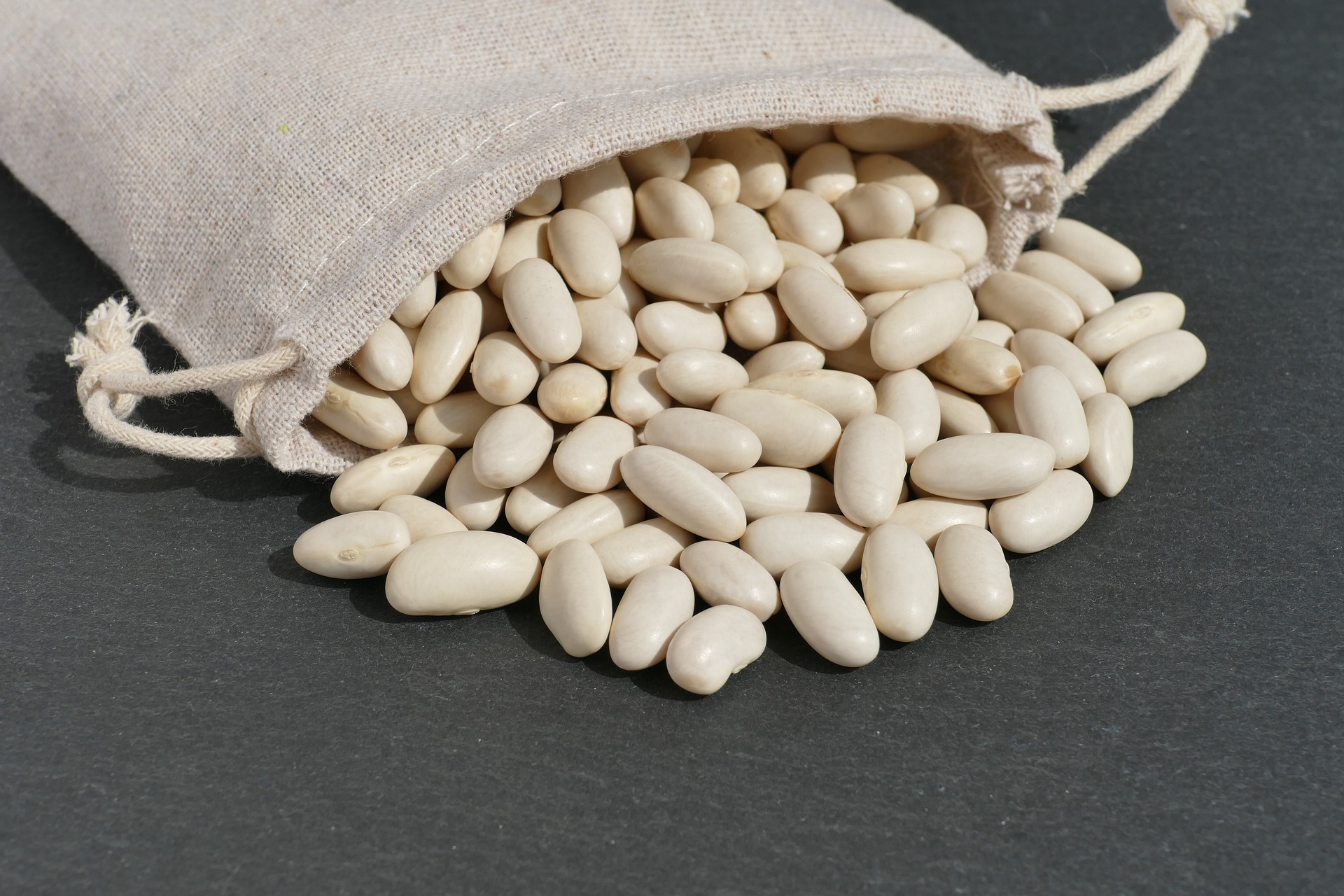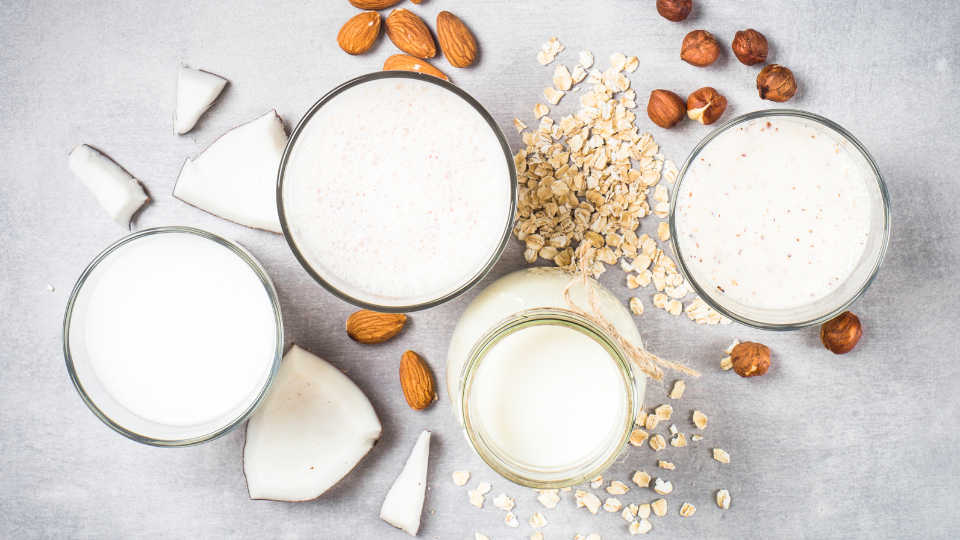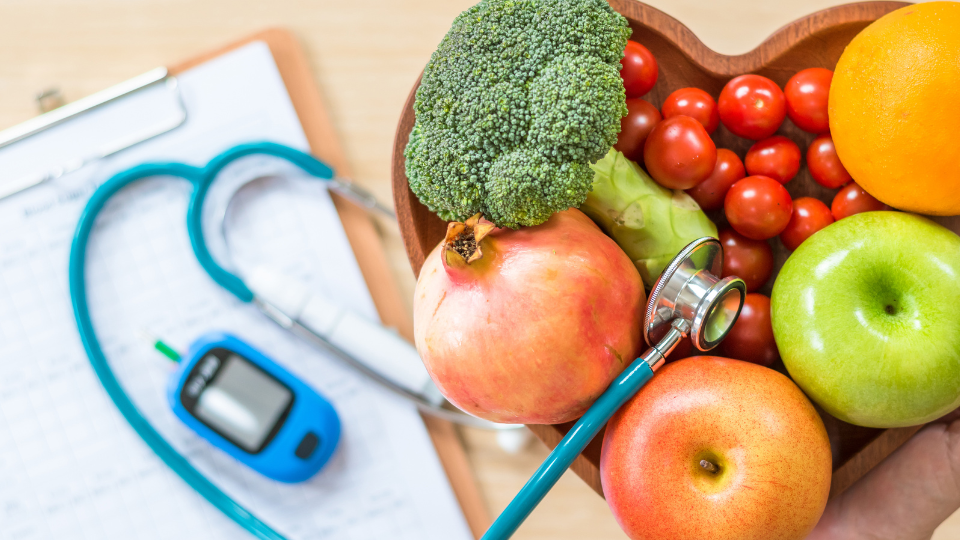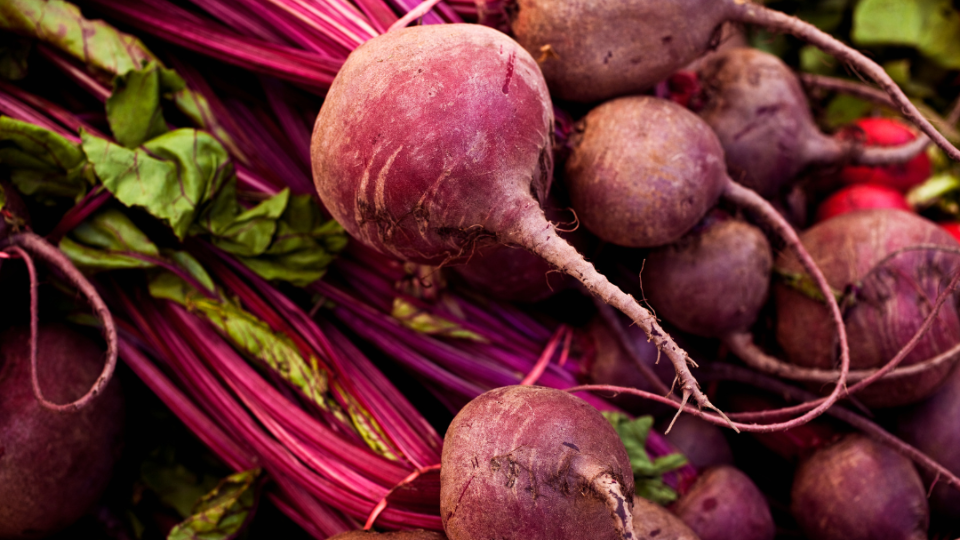Introduction to Diabetes
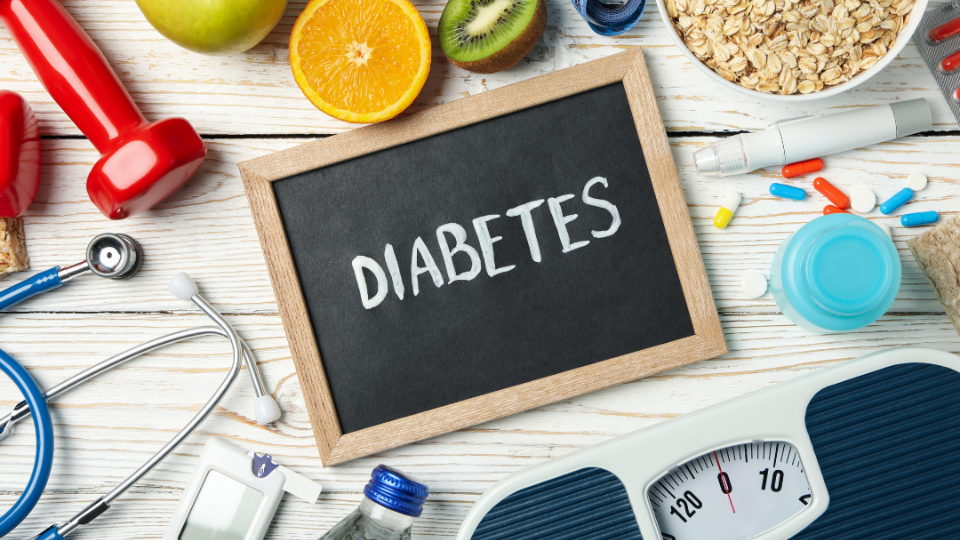
There are three main types of diabetes that an induvial can be diagnosed with, including Type 1, Type 2, or Gestational diabetes. This article will explore how the body is affected by diabetes and the differences between the three types of diabetes.
Our bodies have the amazing ability to process the food we eat all on its own. Once we chew and swallow the food we eat, our body will do the rest. The digestive tract uses peristalsis, involuntary contracting and relaxing of muscles, to move the food through the different organs involved in digestion including the esophagus, stomach, small intestine, and large intestine. Along the way our body releases enzymes and other digestive juices that break down the food into nutrients. Those nutrients can then be absorbed and used to fuel our body and maintain our health.
A key nutrient in food that provides our body with energy is glucose. Glucose is the building block to all foods that contain carbohydrates. See table 1 for examples of carbohydrate foods. When we consume carbohydrate foods, our bodies digest them or break them down into their simplest form, which is glucose. The glucose is then absorbed by our bodies and can be used by our cells for energy.
Table 1. Examples of foods that are high in carbohydrates.
|
Carbohydrate Foods |
||
|
Bread Pasta Rice Starchy vegetables |
Fruit Milk Ice cream |
Baked goods Candy Soda |
For individuals who do not have diabetes, the body is able to manage the influx of glucose after eating foods containing glucose. Our bodies have a process in place that moves glucose from our blood and into our cells. This is done by using the hormone insulin. The pancreas, an organ in the body, releases the hormone insulin. Insulin signals the cells of the body to take up glucose. The cells can then use the glucose for energy or store it for later. When an individual has diabetes, the body loses the ability to manage glucose levels.
There are three types of diabetes, Type 1, Type 2, and gestational diabetes. Each type of diabetes varies on the reason why the body is no longer able to manage blood glucose levels on its own. Let’s learn more about the three different types of diabetes.
Type 1 Diabetes
Type 1 diabetes used to be called juvenile diabetes because it often appears earlier in life. With type 1 diabetes, the pancreas stops making insulin or makes very little insulin. Without the production of insulin, the glucose from the food we eat cannot enter the cells of the body and instead stays in the blood stream.
Symptoms of type 1 diabetes include increased thirst, extreme hunger, frequent urination, unintended weight loss, fatigue, muscle weakness, and blurred vision. It is recommended to consult your physician if you notice any symptoms in you or your child.
Type 2 Diabetes
Type 2 diabetes is a chronic disease that individuals usually develop later in life. Type 2 diabetes occurs when the cells of the body become resistant to the hormone insulin. Meaning, the pancreas is still producing and releasing insulin into the body. But when the insulin tries to signal the cells to take glucose in, the cells do not respond. They have become resistant to that signal. This causes glucose to stay in the blood stream, increasing the blood glucose levels in the body and damaging cells.
Symptoms of type 2 diabetes are very similar to type 1 diabetes because they both result in increased levels of glucose in the blood. However, there are a few unique symptoms of type 2 diabetes, including slow-healing sores, frequent infections, numbness or tingling in the hands or feet.
Gestational Diabetes
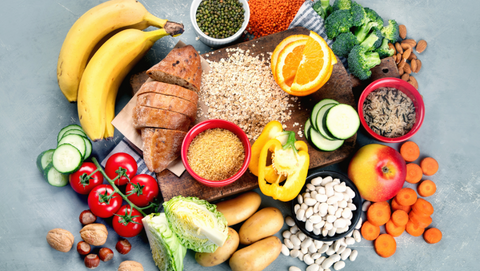
Gestational diabetes is a form of diabetes that can occur in pregnant women. Unlike type 1 or 2 diabetes where the pancreas or body cells aren’t functioning properly, with gestational diabetes the cause is related to an increase in hormone production.
During pregnancy, a mother’s body experiences a variety of adaptations to support a growing fetus. One of these adaptations is in insulin sensitivity. Early in the pregnancy a mother’s body becomes more sensitive to insulin, which results in an increase in their absorption and storage of glucose to prepare for the extra energy demands later in their preg
nancy. As a mother’s pregnancy progresses, there is an increase in the production of hormones from the placenta, where the baby is growing. These elevated hormone levels create a state of insulin resistance in the mom’s body. Because the mom isn’t absorbing as much glucose, that extra glucose can be absorbed by the fetus and support their growth. Once the mom delivers the baby and the hormones decrease, in most cases the diabetes will resolve.
Because insulin resistance does not occur until later in the pregnancy, women who do not already have diabetes are screened for gestational diabetes at 24 to 28 weeks of their pregnancy.
If a woman is diagnosed with gestational diabetes, it is important that they manage their diabetes during their pregnancy. Poorly managed diabetes can affect the mother’s and baby’s health. One concern of gestational diabetes is that it can increase the risk for developing type 2 diabetes later in life for both the mother and the baby.
Conclusion
Our bodies are designed to breakdown food into nutrients and use those nutrients to m
aintain our health. If an individual develops diabetes, their body is unable to manage glucose levels on its own. No matter which type of diabetes you may have, it is important to take the proper steps to manage your blood glucose levels. Poorly managed diabetes over a long period of time can lead to complications that can affect the health of your kidneys, eyes, and heart, and much more. But managing diabetes can be difficult to do on your own. If you have diabetes, think you have diabetes, or think you may be at risk for diabetes, there are resources available that can help you prevent or manage diabetes successfully. Great resources for more information on successful diabetes management include https://diabetes.org/ and https://utahdiabetes.org/.
References
- https://www.mayoclinic.org/diseases-conditions/type-1-diabetes/symptoms-causes/syc-20353011
- https://www.mayoclinic.org/diseases-conditions/type-2-diabetes/symptoms-causes/syc-20351193
- https://www.mayoclinic.org/diseases-conditions/gestational-diabetes/symptoms-causes/syc-20355339
- https://www.diabetes.org.uk/guide-to-diabetes/complications
Authors
Jenna Dyckman, MS, RDN Extension Assistant Professor
Related Research












